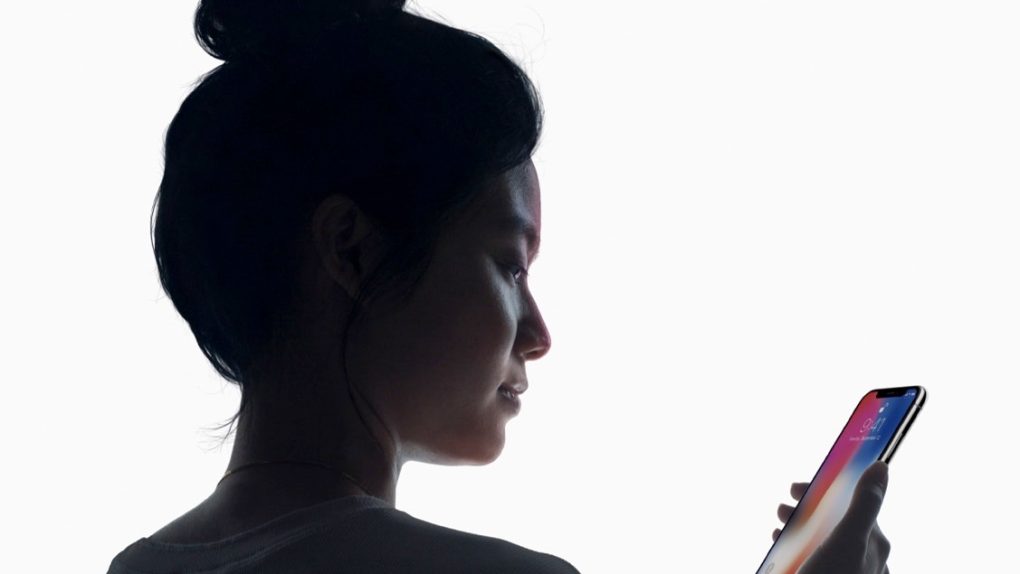Whether you’re getting the iPhone X on Friday, or buying it later this year, make sure you don’t use its signature feature the wrong way.
The iPhone X will prompt you to register your face when you set the phone up for the first time, and then you’ll start teaching yourself how to use it. But if you’re already an iPhone user, the years of relying on Touch ID to unlock the handset may affect your entire experience, and Face ID may seem slower than it really is.
To measure the speediness of Face ID compared to Touch ID, Tom’s Guide used a timer. At first sight, that seems like a reasonable test:
On my iPhone 7 Plus, I could get to the home screen just by pressing and holding my thumb on the Touch ID sensor in an average of 0.91 seconds. That might not seem like a lot of time, but it adds up quickly when you’re unlocking your phone dozens of time a day.
But the problem is that you don’t have to treat Face ID as Touch ID, and Matthew Panzarino explains it best:
Touch ID is a _separate action_ that you have to take to do anything on the iPhone's home screen.
— Matthew Panzarino (@panzer) November 1, 2017
If you want to open a notification, for instance, you have to tap it then Touch ID to open it. With Face ID, it's already open when you tap.
— Matthew Panzarino (@panzer) November 1, 2017
Turning on iPhone X is as simple as swiping up and your finger is already positioned on screen, ready to act. With Touch ID, it's 2 actions.
— Matthew Panzarino (@panzer) November 1, 2017
Here’s a video to show it in action:
Here. Let me show you in a video what I mean that Face ID in use is different than Face ID artificially clocked. pic.twitter.com/1jvU2f5vC2
— Matthew Panzarino (@panzer) November 1, 2017
Overall, Face ID will work faster because it will reduce the number of extra screen taps.
And to make it work even faster, don’t even think about having to wait for the authentication to take place. When you unlock the phone, just swipe up without waiting to see the unlock — which should be really fast.
Furthermore, you can set your display to wake when you raise it, that way it’ll be ready for the swipe, or already swiped up before it reaches your face.
It’ll take a while to forget Touch ID and readjust your iPhone unlocking gestures for Face ID, but once that’s done, it’ll be just as fast. I did criticize the lack of a fingerprint scanner on the iPhone back when all we had were rumors. But the more hands-on reports I see, the more convinced I am that, as much I love Touch ID, I’ll be able to live without it in a world where computers will unlock when recognizing my face. Starting with the iPhone X.








